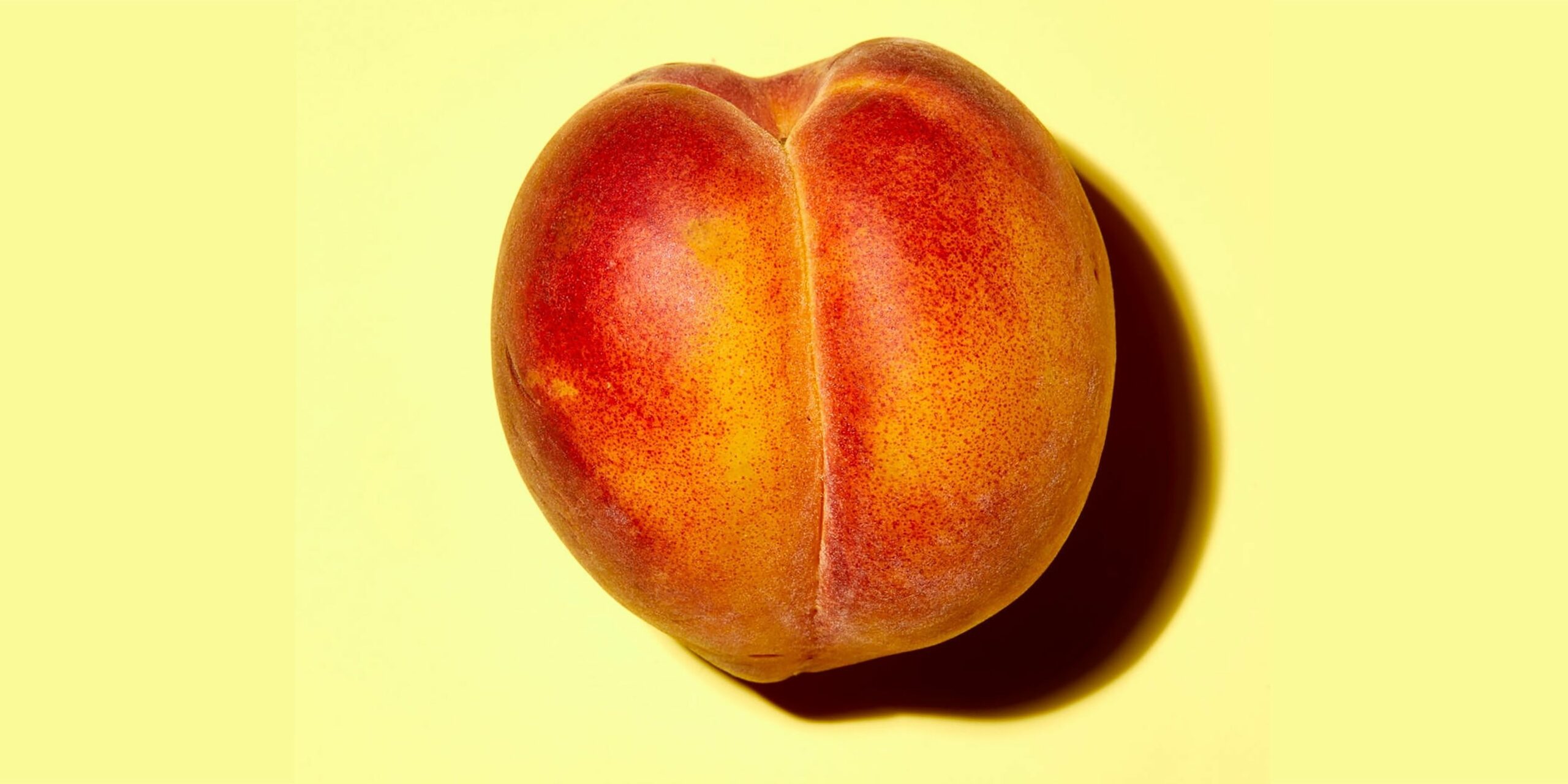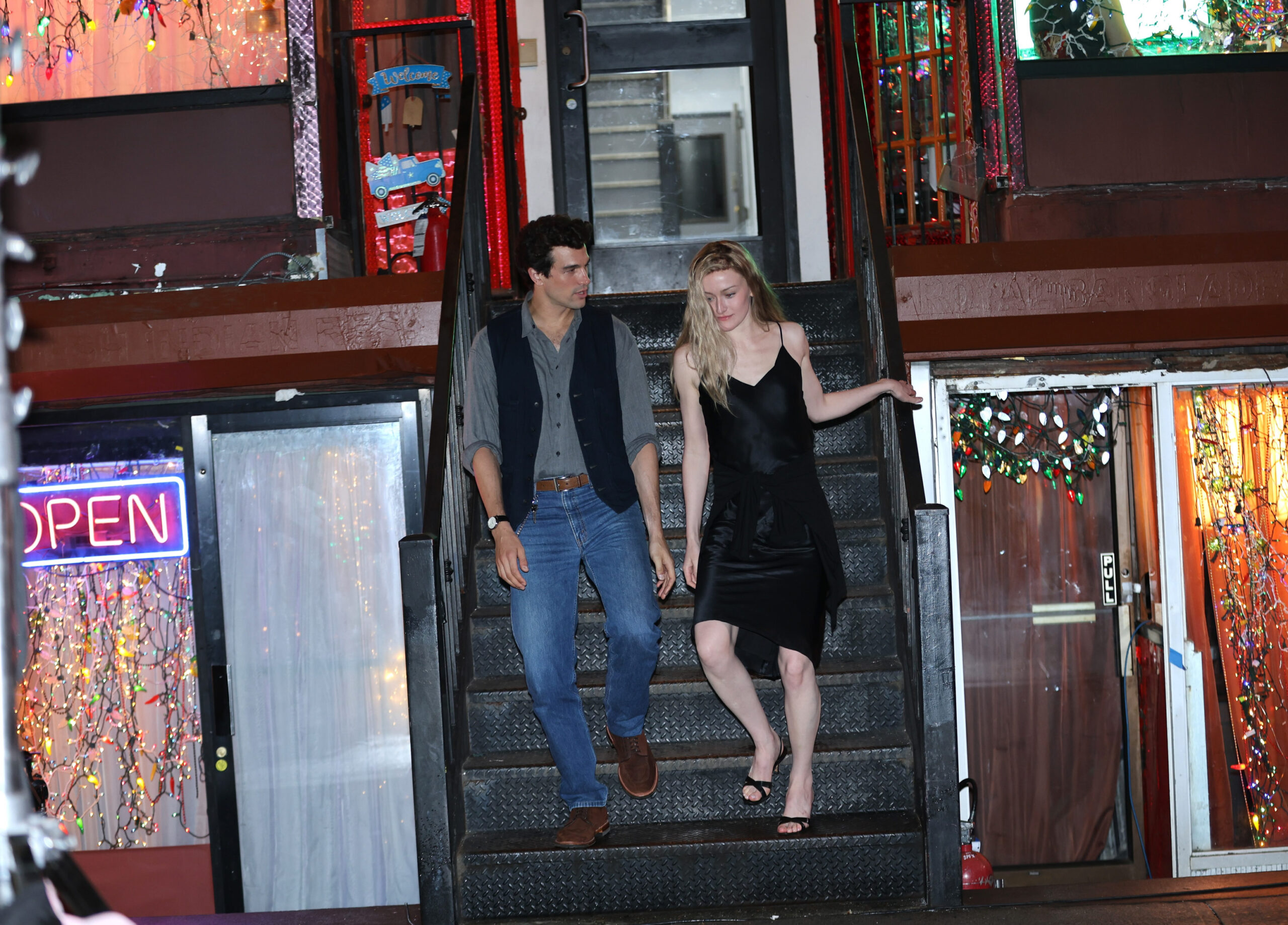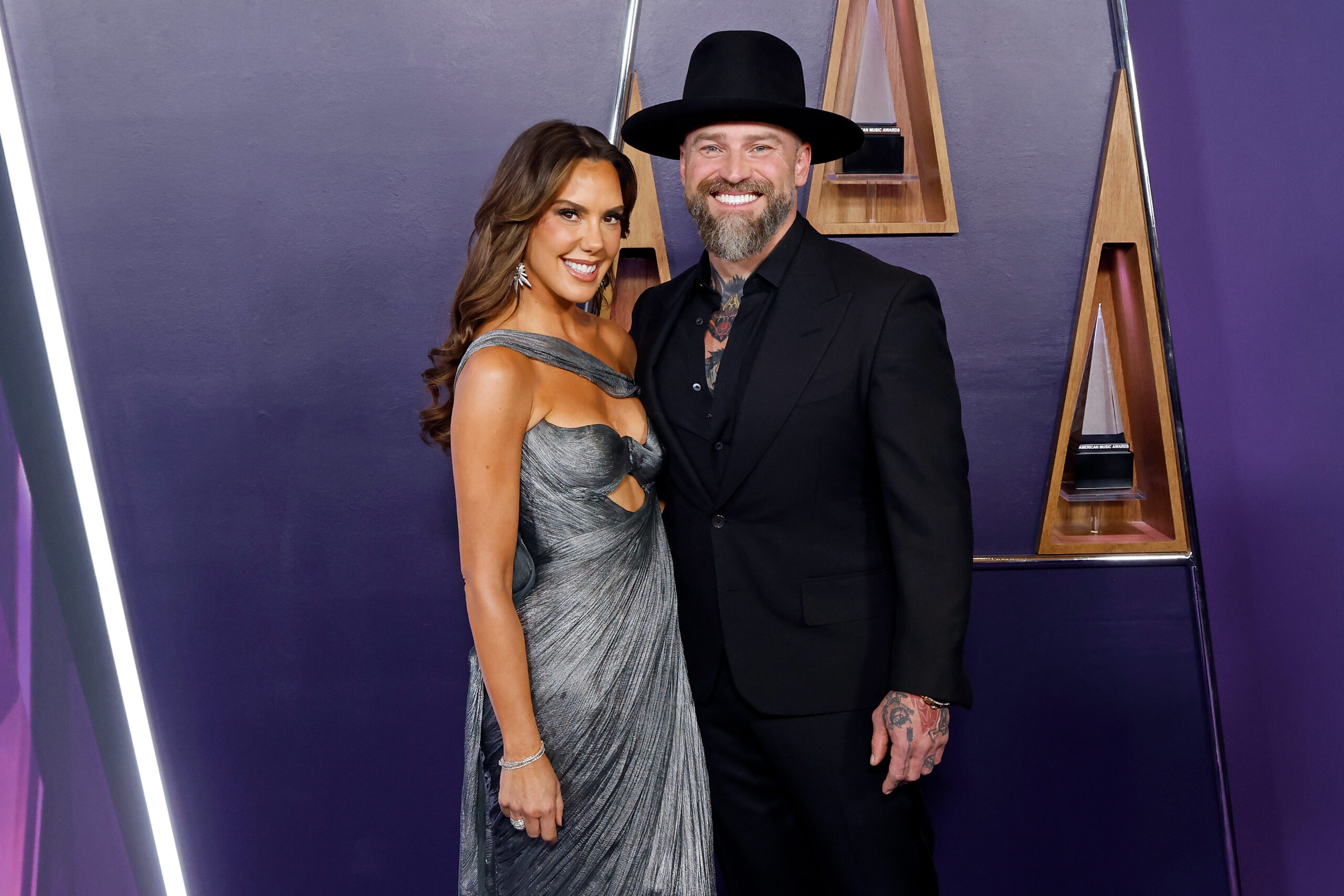Threading
Threading is an ancient hair removal technique that’s ideal for small areas of the body, though it’s most commonly associated with the eyebrows. “It’s where we take a twisted cotton thread and use it to gently pull the hair from the follicle,” says Umbreen Sheikh, founder of Wink Brow Bar.
This technique isn’t just for your brows, and any place where you go to get your them threaded should be able to use threading to remove peach fuzz from other parts of your face as well.
Threading is a great option for people who don’t want to risk irritating their skin with hair removal creams, or want something a little more precise than waxing. It also minimizes tension and pulling on the skin since it’s less forceful, Dr. Mian says.
This method is generally inexpensive and depending on how quickly your hair grows, the results can last you about two to four weeks. But keep in mind that threading is generally best for fine, straight hair, Sheikh says. If you have thick or curly hair, threading can potentially cause ingrowns, she adds.
(Another con? The pain. I’ve been getting my eyebrows threaded since I was 12 or 13 years old, and I must say, sometimes I shed a tear or two. To me, it’s always worth it in the end since the technique is so precise, but I’d be remiss not to warn you.)
Pros: Inexpensive, can last a few weeks, precise.
Cons: Should only be done by a professional; can be painful.
Laser hair removal
Laser hair removal is one of the most effective ways to thin and remove unwanted hair from your body, and Dr. Jaliman is a huge fan: “I was one of the first dermatologists to own a laser hair removal machine in the United States,” she says.
This method works by using a concentrated beam of light that gets absorbed into the pigment inside the hair follicle, Dr. Jaliman says. That light energy is turned into heat, which damages the part of the follicle that’s responsible for hair growth. Over time, this reduces the follicle’s ability to regrow hair, resulting in long-term hair thinning and hair loss.
That might sound like it hurts, but generally speaking, you shouldn’t expect to feel a whole lot of pain using laser hair removal on places where vellus hair typically grows. However, keep in mind that pain is subjective. “Some people might still want numbing cream,” Dr. Jaliman says.
Most people need to have about six laser hair removal sessions to remove the hair completely, Dr. Jaliman says, and sessions usually occur several weeks apart. That means you might need to be a bit patient to see the results that you want. Additionally, laser hair removal doesn’t work on people with gray, white, or very light blonde hair, Dr. Mian says. So if there’s not a lot of pigment in your hair, the beam of light can’t be properly absorbed into the hair follicle and cause the damage that slows down hair growth.
This method can also be a bit pricier than other options—it can cost anywhere from $200 to $600 per session, according to Dr. Jaliman. But “once you’re done, then you’re finished. You don’t really have to do it anymore,” Dr. Jaliman says. “So maybe the initial outlay is expensive, but if you added up all the money you spend on hair removal over the course of your lifetime, it’s a lot.” But you don’t even have to visit a practitioner if you don’t want to: There are plenty of devices that allow you to zap away body hair from the comfort of your own home.
Pros: Effective, offers long-lasting results, and can be done form home.
Cons: Expensive; time-consuming; doesn’t work for people with very light hair.

















Post Comment